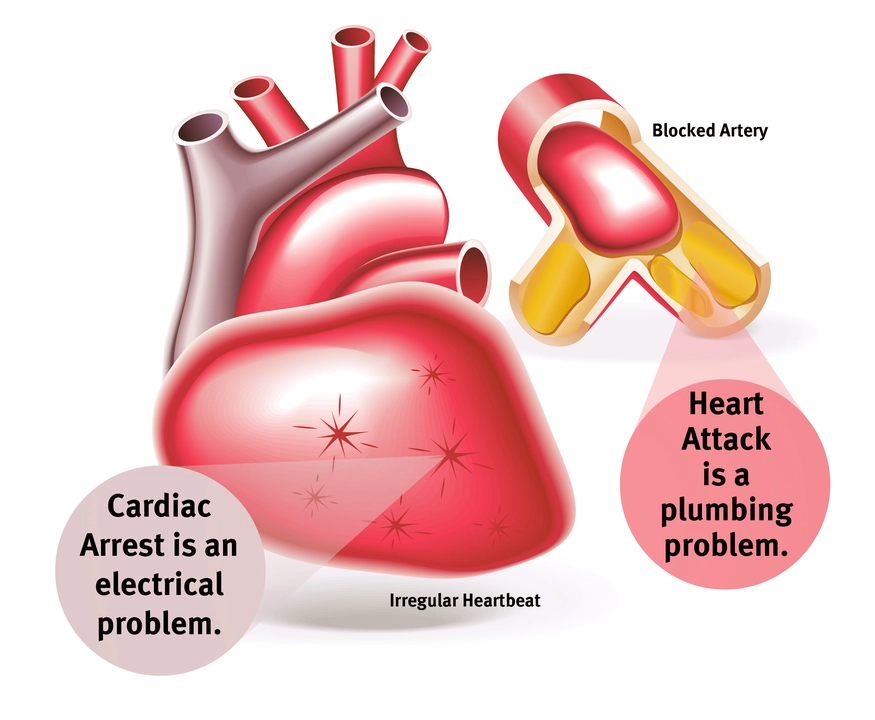Cardiac Arrest: What Happens and How to React
When someone's heart suddenly stops beating, the whole body goes into crisis. That's cardiac arrest – not the same as a heart attack, but just as deadly if you don't act fast. In the first few minutes, brain cells begin to die, so the window for saving a life is razor‑thin. The good news? You can make a huge difference with a few basic moves.
Recognizing the Signs
Spotting cardiac arrest is easier than you think. The person will collapse, stop breathing normally, and have no pulse. You might see chest wobbling or a brief gasp, but no real breaths. If you hear a sudden silence, look for these clues – loss of consciousness, unresponsiveness, and no detectable heartbeat.
Don't waste time figuring out why it happened; focus on what you can do right now. Even if you’re not a medical professional, you can step in and help. Remember, calling 911 is the first action, but you can start CPR while the call is connecting.
Immediate Steps to Take
1. Call emergency services. Dial 911 (or your local number) the moment you suspect cardiac arrest. Give the dispatcher your location and a quick description of the situation.
2. Start chest compressions. Place the heel of one hand in the center of the chest, stack your other hand on top, and interlock the fingers. Keep your arms straight and shoulders directly over your hands. Push hard and fast – about 2 inches deep at a rate of 100‑120 compressions per minute. Think of the beat to "Stayin’ Alive" for the rhythm.
3. Give rescue breaths if you’re trained. After 30 compressions, give two breaths. Pinch the nose, cover the mouth, and blow until the chest rises. If you’re not comfortable with breaths, keep doing compressions only – it’s still better than nothing.
4. Use an AED if one is nearby. An Automated External Defibrillator can shock the heart back into rhythm. Turn it on, follow the voice prompts, and attach the pads. The device will tell you whether a shock is needed.
5. Keep going until help arrives. Don't stop compressions unless you’re too exhausted, the person shows signs of life, or professional rescuers take over. Every minute you keep compressing boosts the chance of survival by about 10%.
Training can make these steps feel natural. Many community centers, schools, and workplaces offer free CPR classes. Even a short 2‑hour session gives you the confidence to act without hesitation.
After the emergency, the person will likely be taken to a hospital for further care. They might need therapeutic hypothermia, medications, or procedures to keep the heart stable. Your quick actions get them to that point, and that alone saves countless lives.
In everyday life, you can also reduce the risk of cardiac arrest. Encourage regular check‑ups, a balanced diet, and active living. Keep an eye on blood pressure, cholesterol, and diabetes – they’re big contributors to heart problems.
Bottom line: cardiac arrest is a race against time, but you hold the steering wheel. Recognize the signs, call for help, start CPR, and use an AED if you can. Simple steps, huge impact. Next time you hear about a sudden collapse, you’ll know exactly what to do, and that knowledge could be the difference between life and loss.

